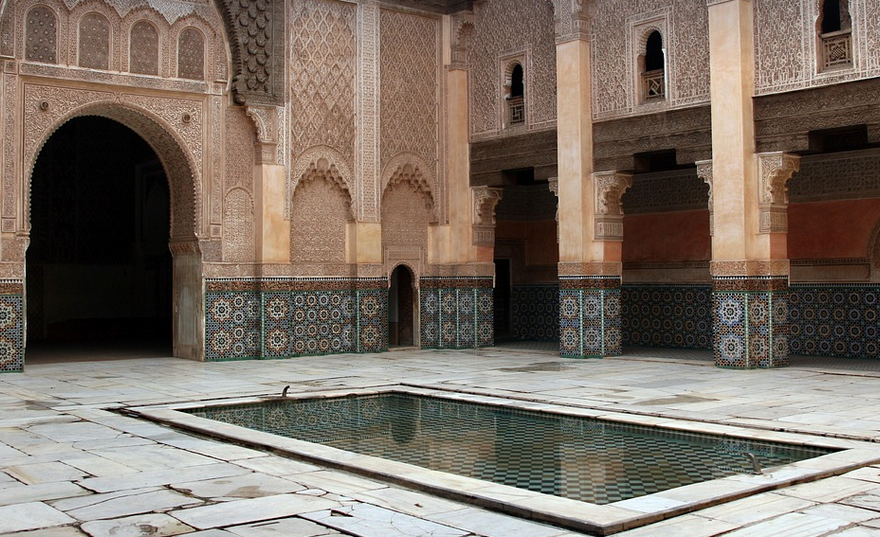
Unveiling The Secrets Of Life: A Journey Through Gizmo, Rna, And Protein Synthesis
A World Within a Cell
Imagine bustling cities filled with factories, roads teeming with activity, and a constant flow of goods. That’s essentially what happens inside every cell—the tiny building blocks of life. These cells are incredibly complex, packed with machinery that orchestrates everything from energy production to growth and repair. At the heart of this operation lies a fascinating dance called protein synthesis.
Proteins—the workhorses of our cells—are crucial for almost every biological process we experience. They act as building blocks for tissues and organs, messengers carrying signals within our bodies, catalysts speeding up chemical reactions, and even antibodies protecting us from invaders. But how do these incredible molecules come to be?
Enter the stage: RNA! This genetic messenger molecule is responsible for carrying the instructions that dictate protein synthesis. Think of it as a blueprint that tells the cell’s machinery how to build specific proteins. The process begins with DNA, our cell’s instruction manual, which holds the genetic code for every protein we need.
DNA acts like a master chef’s recipe book, containing sequences of nucleotides—the building blocks of DNA. These sequences hold blueprints for the creation of proteins. And just as a chef might have detailed instructions for specific dishes, our cells use RNA molecules to translate this complex genetic code into functional proteins.
The journey of RNA from DNA to protein is called transcription and translation. Transcription takes place in the nucleus, where the DNA recipe is copied onto a messenger molecule called mRNA (messenger Ribonucleic Acid). This process involves special enzymes that bind to specific regions on the DNA and create a complementary copy of the gene sequence.
The newly formed mRNA then exits the nucleus and travels into the cytoplasm—the bustling city streets where protein synthesis takes place. It encounters ribosomes, tiny molecular factories, waiting patiently for instructions. The ribosome holds the mRNA molecule in its “reading frame” and translates the code, one codon at a time.
Here’s where things start to get exciting! Every three-letter sequence of nucleotides on the mRNA—called codons—is translated into a specific amino acid according to the genetic code. Imagine each codon as a stop sign directing the ribosome to add or remove an amino acid from the growing protein chain.
As the ribosomes move along the mRNA, they continue adding and connecting amino acids in the correct order, creating a long polypeptide chain—the primary structure of the protein. This process requires specific enzymes called tRNA (Transfer Ribonucleic Acid), which act like delivery trucks carrying specific amino acids to the ribosome.
The final step in protein synthesis involves folding. The newly formed polypeptide chain folds into a complex three-dimensional shape, determined by its amino acid sequence and interactions between different regions of the chain. This precise folding is crucial for the protein’s function; it acts like a highly specific tool, perfectly suited for its intended task.
And just like that, a whole protein is born, ready to carry out its designated role in our cells. These proteins are essential for almost every aspect of life, from cell growth and repair to energy production and immune response.
So, what’s the takeaway? The journey from DNA to protein synthesis is a beautiful example of nature’s elegant design. It involves intricate steps and precise timing, all orchestrated by cellular machinery. And just as you wouldn’t build a house without blueprints, cells rely on RNA as their instruction manual for building proteins!
Now that you have a glimpse into the fascinating world of protein synthesis, let’s dive deeper using Gizmo, an interactive tool that allows us to visualize and explore this process. Get ready to witness the magic of molecular biology in action!
Ready to embark on your own exploration? Check out Gizmo and discover the intricate dance of RNA and protein synthesis! You’ll be amazed by how these tiny molecules orchestrate the symphony of life.